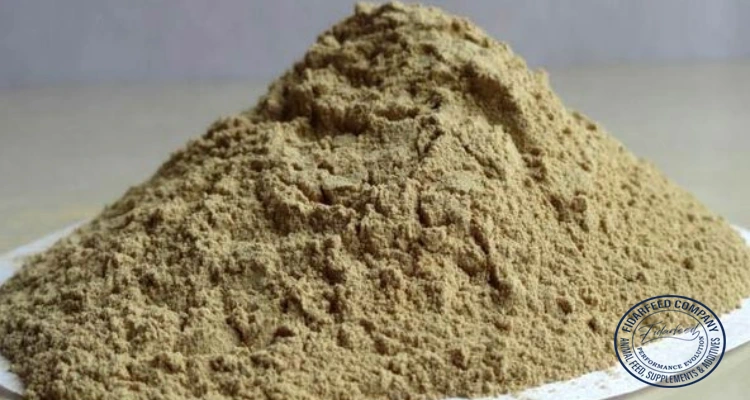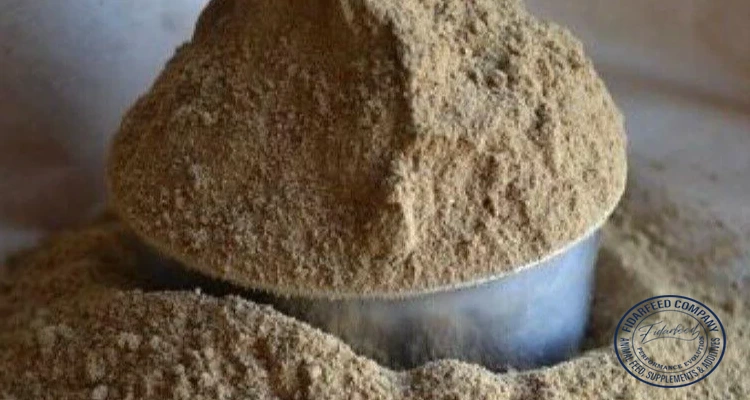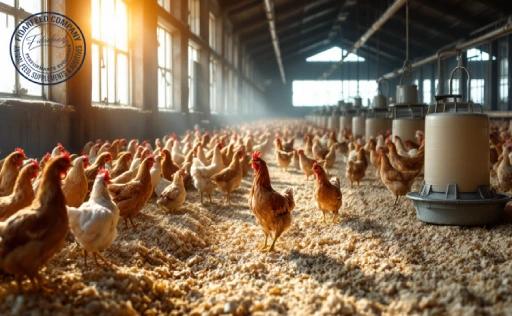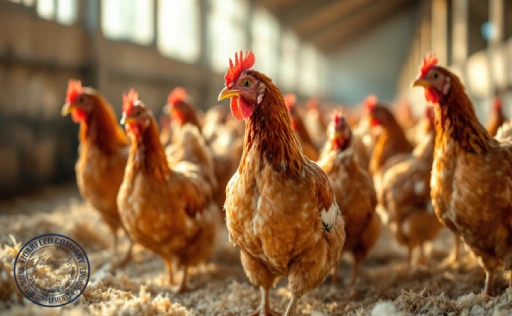
Bentonite in Animal Feed is no longer a hidden gem—it’s quickly becoming a staple in the diets of livestock, poultry, fish, and even pets. From binding toxins to improving digestion, this natural clay is transforming feed formulations and helping breeders boost animal health and productivity. But how does it work? How much is safe? And what are the real benefits breeders are seeing in the field?
In this guide, we’ll walk you through everything you need to know—its functions, dosages, safety practices, and real-world results. Whether you’re an experienced farm manager or a new breeder just getting started, keep reading to discover how bentonite can make a big difference in your feed strategy.
What Is Bentonite and Why It’s Being Added to More Animal Diets
Bentonite is a naturally occurring clay composed mainly of montmorillonite. It’s known for its exceptional water-absorbing, swelling, and toxin-binding properties. What makes it especially useful in animal nutrition is its ability to act as a mycotoxin binder, improving feed hygiene and reducing health risks for animals.
Learn more about: Bentonite
As concerns around feed safety and antibiotic use grow, bentonite is gaining popularity as a reliable, natural additive. It’s already approved for use in feed by organizations such as the European Food Safety Authority (EFSA) and has been embraced in both small farms and industrial operations.
Top Benefits for Livestock: From Gut Health to Toxin Control
The benefits of using bentonite in animal feed are practical and scientifically backed. One of its most valued functions is its ability to bind mycotoxins—harmful compounds produced by mold in grains and feed. These toxins can cause reduced growth, poor immunity, and reproductive issues in animals.
Learn more about: Why Poultry Producers Trust Bentonite in Layer Feed
Bentonite acts as a protective shield in the gut. It captures toxins and prevents them from entering the bloodstream, improving the overall health and performance of the animal. Beyond toxin binding, bentonite can also aid in stabilizing digestion, especially in animals prone to digestive disorders such as ruminants or poultry.
In aquaculture, bentonite helps reduce the presence of harmful substances in the water and supports gut balance in fish and shrimp.

How Bentonite Improves Feed Quality and Nutrient Absorption
Feed isn’t just about nutrients—it’s about how those nutrients are delivered. Bentonite improves the physical quality of feed by controlling moisture, reducing caking, and enhancing pellet durability. This means less feed waste and more consistent nutrient delivery.
Learn more about: Top Bentonite Manufacturers for Animal Feed: What to Look For
Moreover, bentonite’s structure allows it to hold water, which helps improve feed texture and palatability. Animals are more likely to eat it, and nutrients are absorbed more efficiently. Studies have shown that bentonite can enhance the bioavailability of minerals like zinc and copper by reducing antagonistic interactions with toxins.
Optimal Dosage of Bentonite in Animal Feed: What Breeders Should Know
The right dosage of bentonite depends on the animal species, feed composition, and intended benefit. Here’s a general guideline:
-
Poultry: 0.5–2% of total feed
-
Swine: 1–2%
-
Cattle and Sheep: 1–3%, often added to mineral mixes or total mixed rations
-
Fish and Aquaculture: 0.5–1%, depending on water conditions and species
It’s important not to exceed recommended limits. Overuse may lead to reduced nutrient absorption, especially of fat-soluble vitamins and trace minerals. Always consult with a nutritionist or feed expert when adjusting formulations.

Is Bentonite Safe? Understanding Risks, Limits, and Best Practices
Used correctly, bentonite is safe and highly effective. Regulatory bodies have established maximum inclusion levels to prevent overuse and ensure feed safety. However, like any feed additive, quality and source matter.
Learn more about: How Bentonite Improves Cow Rumen Function
Low-quality or contaminated bentonite (especially with high levels of heavy metals like lead or arsenic) can pose risks. Always source bentonite from reputable suppliers with verified mineral profiles. To further reduce risk, breeders should:
-
Use bentonite in combination with a balanced diet
-
Avoid over-supplementation
-
Monitor animal performance and health post-introduction
Bentonite Use Across Different Species: One Solution, Many Benefits
Different animals benefit from bentonite in different ways:
-
Poultry: Improved litter quality, better feed conversion, and reduced digestive upsets
-
Cattle and Sheep: Toxin protection, reduced bloating, and stable rumen function
-
Swine: Better gut health and improved growth rates, especially in post-weaning piglets
-
Fish and Shrimp: Enhanced water quality, reduced ammonia, and stronger immune response
Learn more about: Tips for Buying High-Quality Bentonite at Competitive Prices
Because of its versatility, bentonite can be adapted to nearly any feeding system with the right dosage and form.

Choosing the Right Type of Bentonite for Animal Feed Applications
There are two main types of bentonite used in feed: sodium bentonite and calcium bentonite.
-
Sodium bentonite has higher swelling capacity and better binding properties, making it ideal for toxin control.
-
Calcium bentonite is less absorbent but still useful in stabilizing digestion and improving feed texture.
Learn more about: TMR Silage Animal Feed
Some products blend both types for a balanced effect. Look for feed-grade bentonite with certified safety profiles and known mineral compositions. Avoid industrial-grade clay, which may contain contaminants.
Combining Bentonite with Other Feed Additives: What Works Best?
Bentonite works well alongside other additives such as:
-
Probiotics – to enhance gut flora
-
Yeast – to improve digestion and immune function
-
Enzymes – for breaking down complex feed ingredients
-
Other binders – like zeolite or activated charcoal for broader toxin control
These combinations can create a synergistic effect, particularly useful in high-performance or stress-prone animals. Always trial new combinations in small groups before scaling up.

Field Results: Breeders Share Their Experience with Bentonite in Feed
Many breeders across the globe report noticeable improvements after introducing bentonite. A poultry breeder in Thailand saw a 5% increase in weight gain and improved litter dryness after switching to a bentonite-enriched diet. In Europe, dairy farmers using bentonite noted reduced mastitis cases and better milk yields.
Learn more about: How to Spot Reliable Animal Feed Manufacturers
In Nigeria, tilapia farmers observed clearer water and stronger fish growth when bentonite was added to feed and ponds. These testimonials underline bentonite’s value not only in theory but in practical, day-to-day operations.
Final Thoughts on Bentonite in Animal Feed: Smart Use for Better Results
Bentonite in animal feed offers a powerful, natural way to enhance health, reduce losses, and improve feed quality. But like any tool, its effectiveness depends on correct usage. Focus on the right dosage, select high-quality sources, and monitor your animals closely.
Whether you’re running a large-scale livestock operation or managing a small breeding unit, bentonite could be a game-changer. Start small, track your results, and don’t hesitate to ask for professional input.
Have you tried bentonite in your feed formulations? Share your story, ask questions, or join the discussion in the comments below. Let’s learn and grow together.



